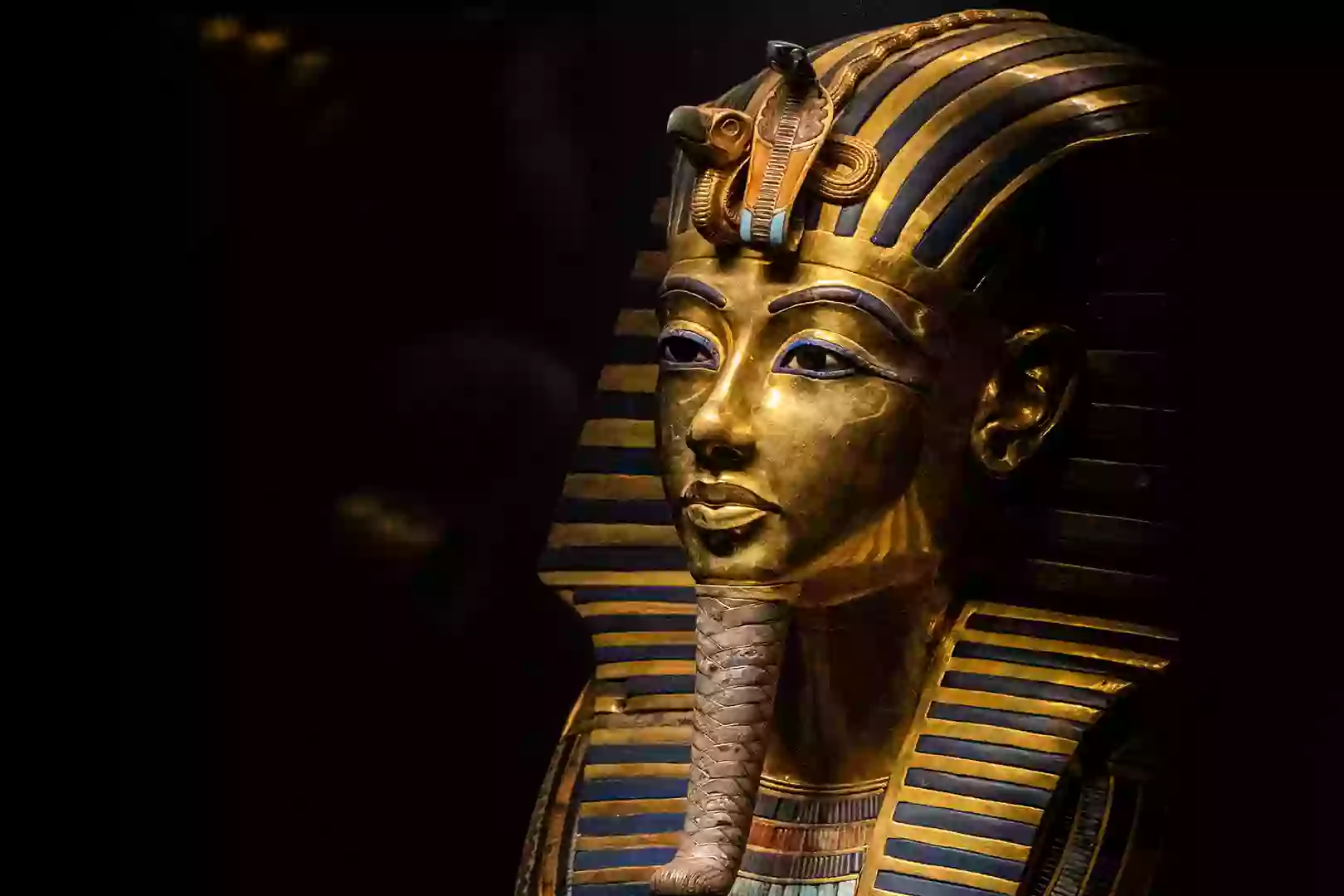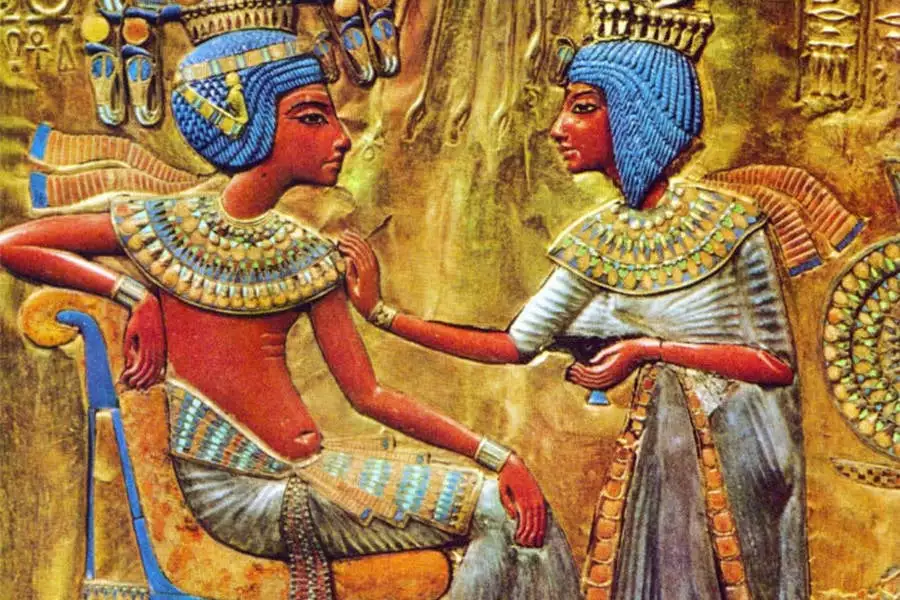
Tutankhamun’s DNA results: Give surprising findings of incest evidence
Recent DNA tests on the remains of King Tutankhamun have revealed some startling and unexpected results. He tests, which were conducted by a team of international scientists, have led to the conclusion that Tutankhamun’s parents were likely siblings. This incestuous relationship was not uncommon among ancient Egyptian royalty.
Tutankhamun is known as the child king in Egyptian history.
The findings of the DNA tests have shed new light on the life and death of Tutankhamun. They have also raised a number of questions about the practices of ancient Egyptian royalty.
The BBC documentary “Tutankhamun: The Truth Uncovered” has shed some light on the family life of the mysterious pharaoh, revealing some surprising findings.

Dallas Campbell, the narrator of the documentary, said that the DNA results identified members of Tutankhamun’s family, but when they compared the DNA of Tutankhamun’s father, Akhenaten, with the DNA of his mother, they discovered something completely unexpected.
The documentary also explores several theories about Tutankhamun’s death. One theory suggests that Tutankhamun was assassinated. Another theory suggests that the pharaoh died in a chariot accident.

The identity of Tutankhmaun’s mother is up for debate, but there are three primary suspects: Kiya, Queen Nefertiti, and an individual known simply as the “Younger Lady”. The former two were known to be wives of Akhenaten during his lifetime, but Egyptologists say they believe the Younger Lady is the most likely candidate.
A scientist who worked on the study, published in the Journal of the American Medical Association, said: “You know there’s some more I can tell you about these two mummies, and not just that this is the father and this is the mother of King Tut. They turned out that they’re brother and sister, which was a big surprise for us.
You may also like
- A 1700-year-old statue of Pan unearthed during the excavations at Polyeuktos in İstanbul
- The granary was found in the ancient city of Sebaste, founded by the first Roman emperor Augustus
- Donalar Kale Kapı Rock Tomb or Donalar Rock Tomb
- Theater emerges as works continue in ancient city of Perinthos
- Urartian King Argishti’s bronze shield revealed the name of an unknown country
- The religious center of Lycia, the ancient city of Letoon
- Who were the Luwians?
- A new study brings a fresh perspective on the Anatolian origin of the Indo-European languages
- Perhaps the oldest thermal treatment center in the world, which has been in continuous use for 2000 years -Basilica Therma Roman Bath or King’s Daughter-
- The largest synagogue of the ancient world, located in the ancient city of Sardis, is being restored











Leave a Reply